
On November 27th the Zaječar Reading Room was founded with 120 members and 113 books. It was destroyed during Serbian-Turkish Wars (1876-78).

The Gymnasium Reading Room was open.

The Black River County Library was founded for which there is little information.
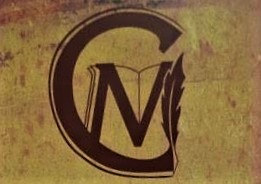
The Reading Room of Zaječar Trade Youth was founded, as well as the City Casina with the reading room and library at the early 20th century.

The Public Library was opened in the gymnasium building.
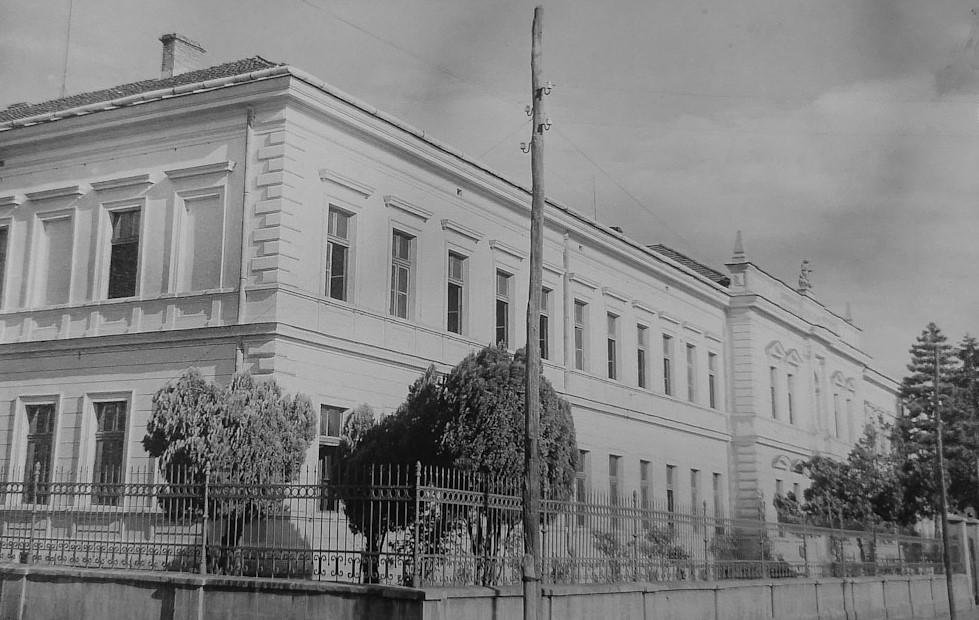
During World War I, the Bulgarian army publicly burned and stole books written in Serbian language, hence all libraries located at the gymnasium building were destroyed.

The libraries were reopened at the gymnasium and the primary school.
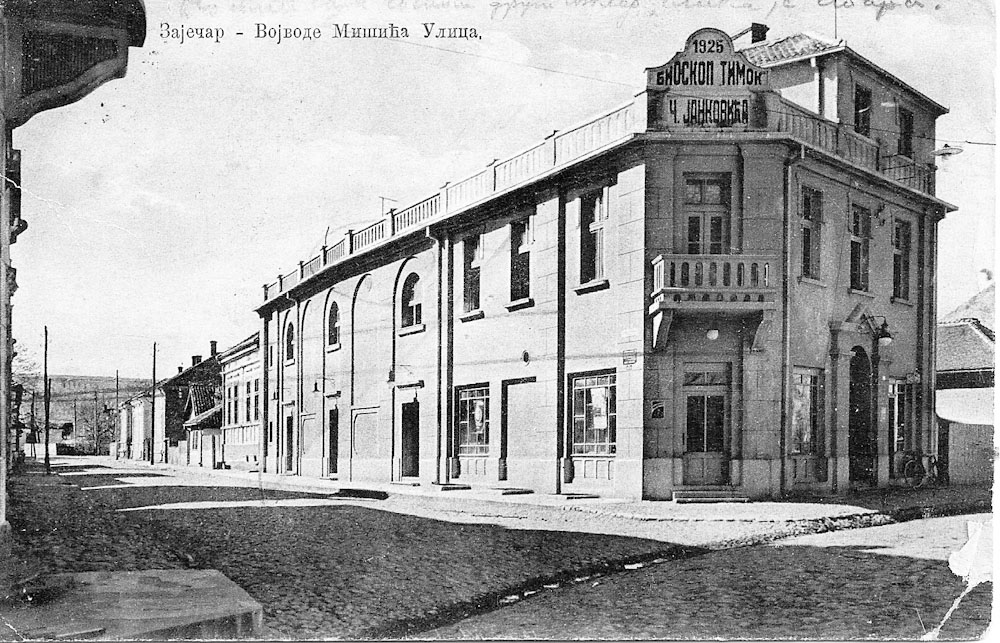
The Tucović Reading Room was founded by the sub-council of the Traffic and Transport Workers Union were workers were able to study workers’ press and Marxist books. In those days, the returning emigrants from France after World War I founded the Society of the Friends of France, with its own library with French books and newspapers, later located in one of the offices in the building of Cinema “Timok”.
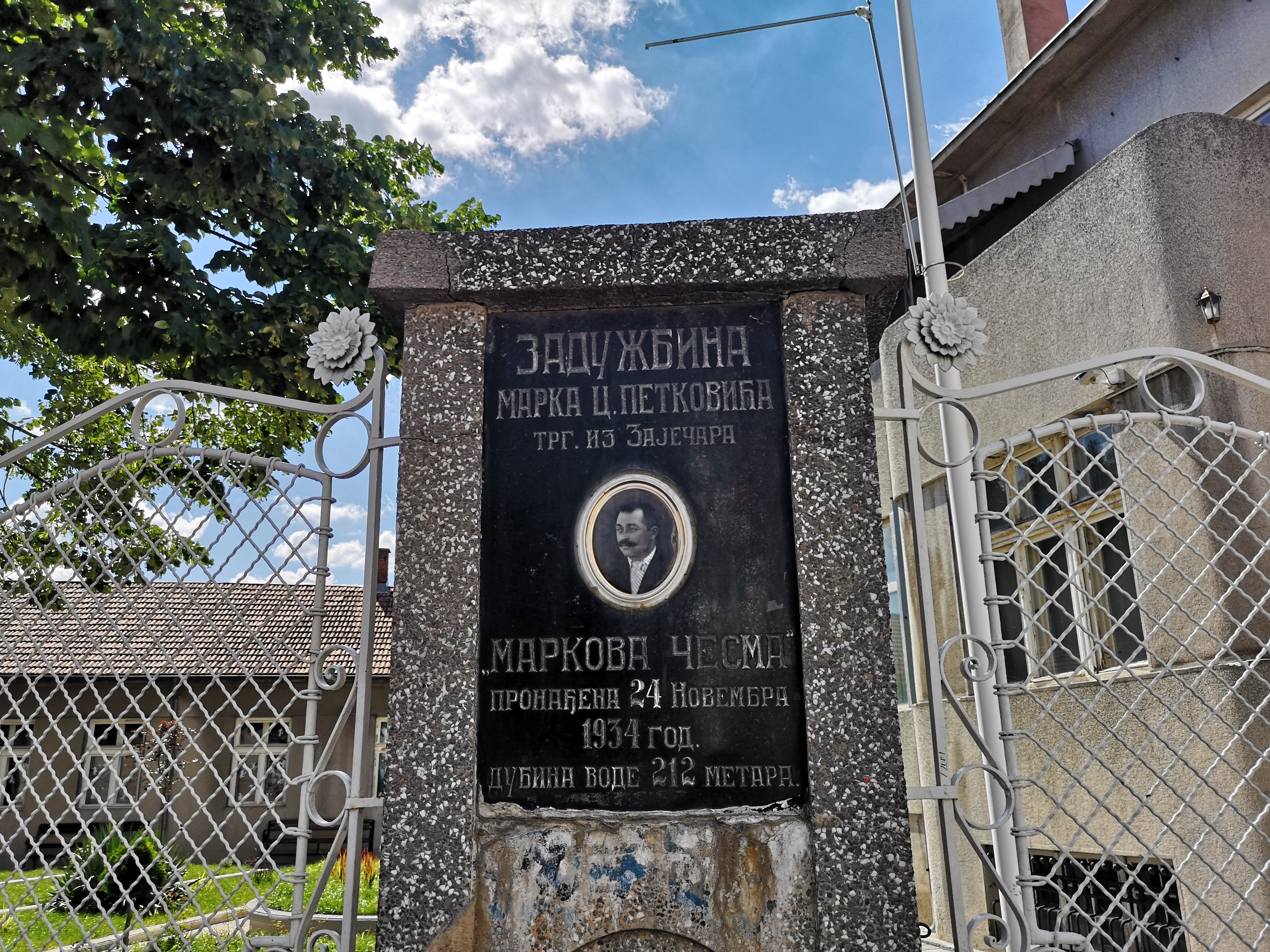
One of the wealthiest men in Zaječar, Marko C. Petković (1881-1946) built his city villa with the lavish garden and fountain decorated with statues, where the Library is located at today.
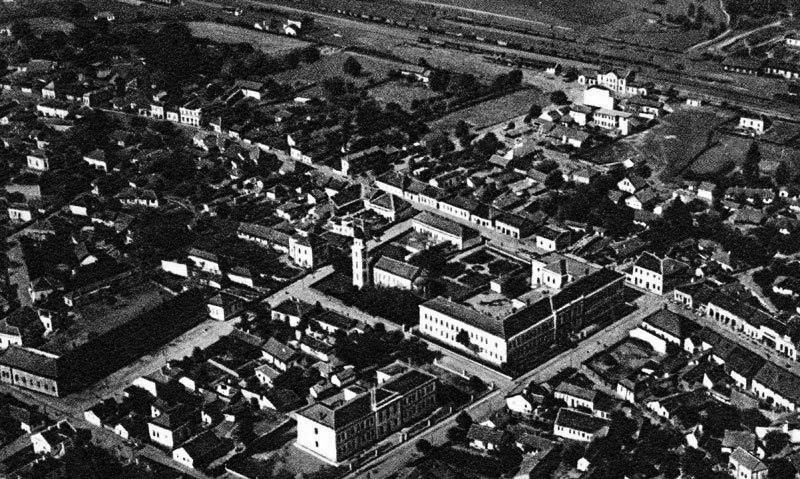
The Occupying German Army closed down and forbid all libraries and reading rooms. The books were not protected, hence majority of thousands of books were stolen or destroyed.
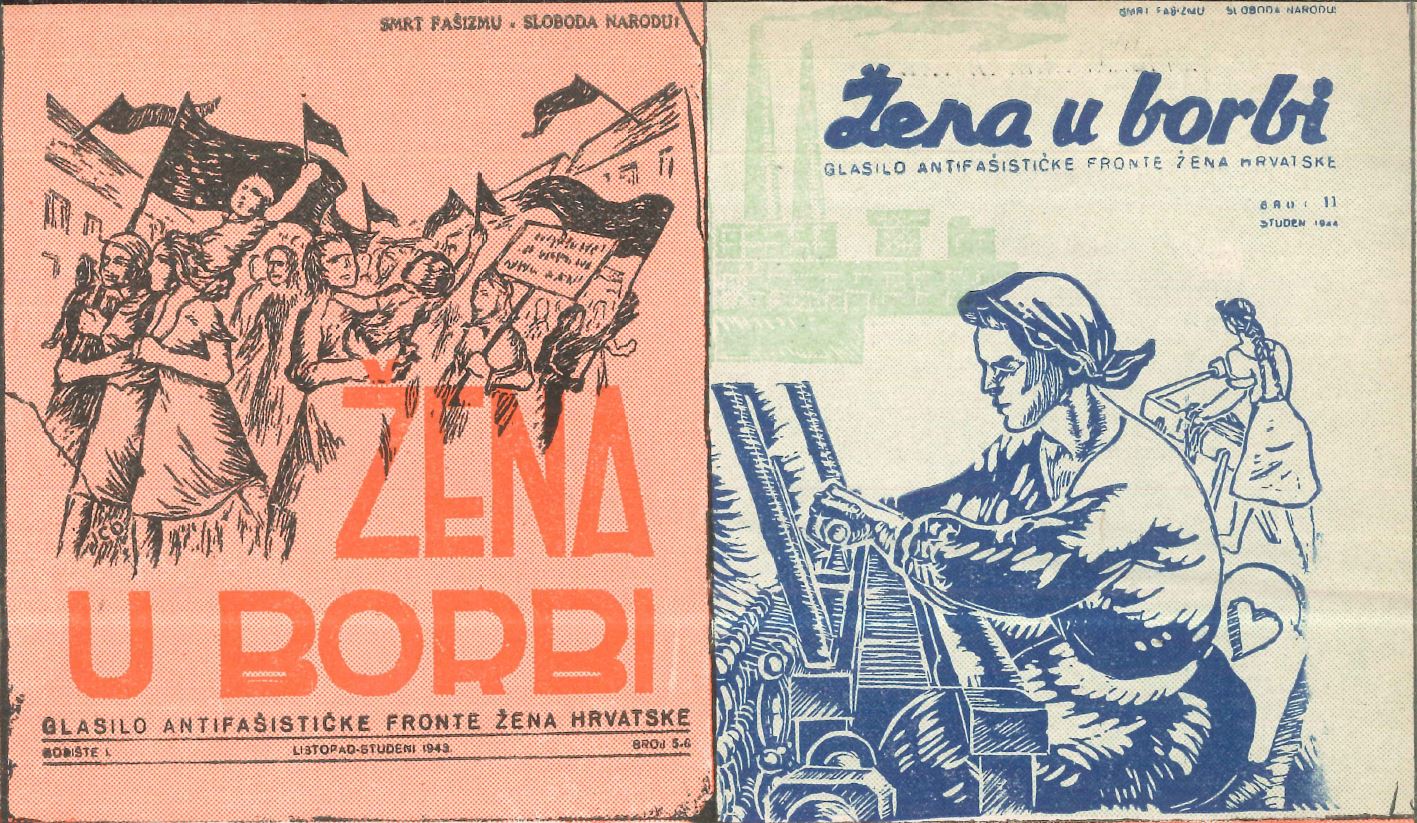
After the liberation of Zaječar in October, as an initiative of the Organization of the People’s Front, the House of Culture was founded with a Library. The activist youth, Women’s Antifascist Organization, and the People’s Front, had initiated the action of collecting the remaining books, collecting 800 books.
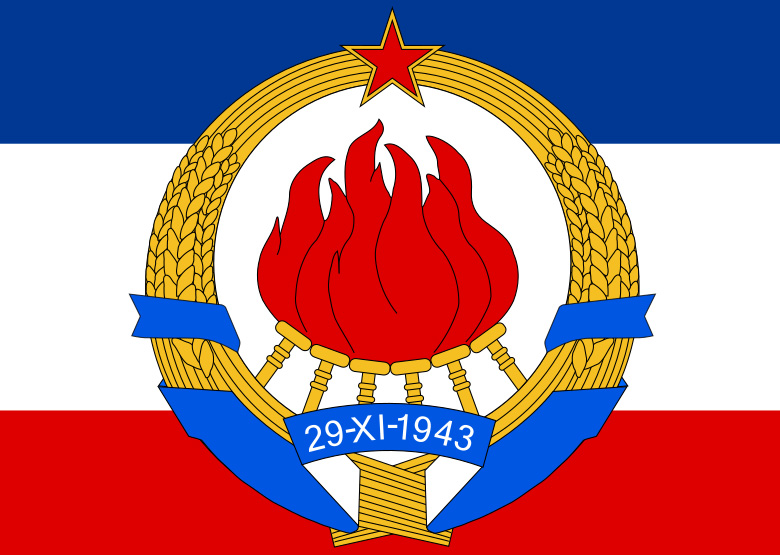
The library became a separate institution and was named City Public Library.

After many relocations in the city center, the City Library was given a new space in one of the most beautiful buildings in Zaječar, at Ljuba Nešić Street no.38, or former Rajković’s Family Palace. With over 15.000 books and 1371 members, it deserved a new name – City National Library.
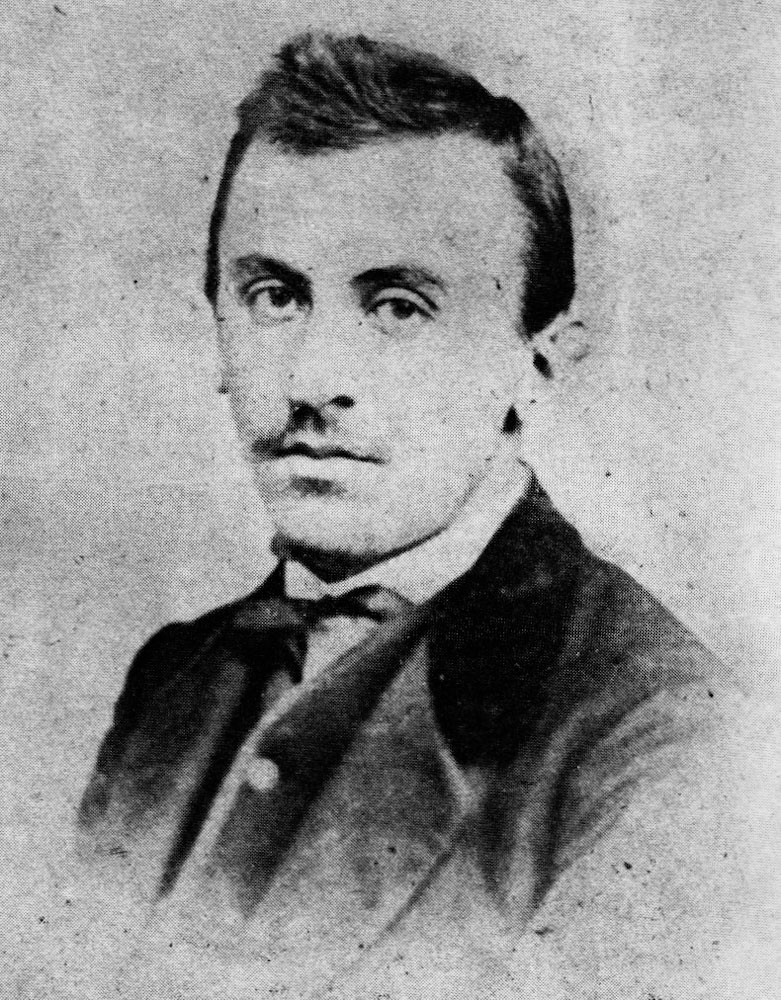
Library name was changed again to become the National Library “Svetozar Marković”
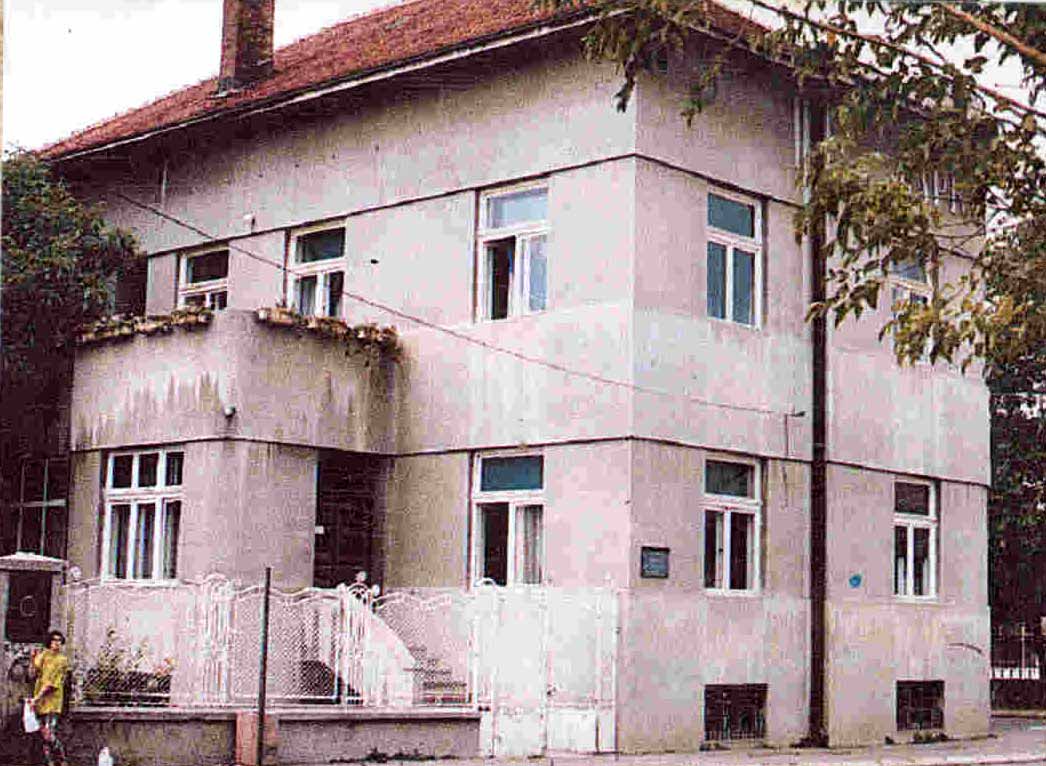
The library was relocated again to its current address and is located at a former private house of the merchant Marko C. Petković Plovak, built in 1935.

The library received a status of a main branch library hence, for almost six decades, carries the name of Main Branch Library “Svetozar Marković”.
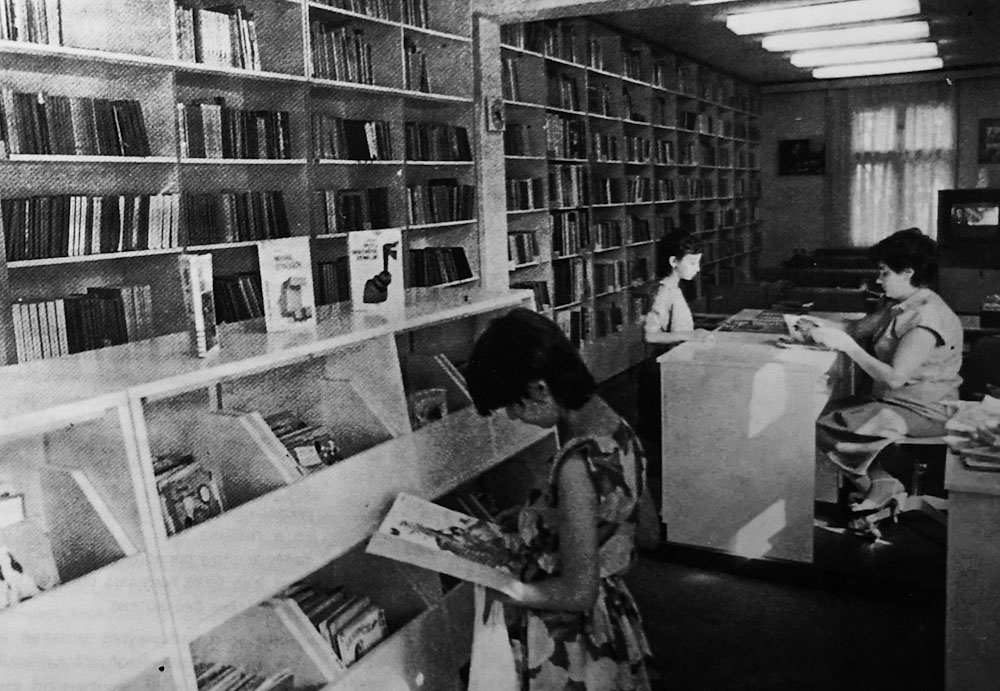
The separate children department was opened in 1979 at a separate building in the same courtyard.
FAMILY HOUSE OF MARKO C. PETKOVIĆ – PLOVAK
(1935–1948)
As a very skilled and successful merchant, Marko C. Petković – Plovak (1881-1946) became Zaječar’s wealthiest man at the beginning of the 20th century. After World War I he became an investor in industry and banking. The size and the appearance of his villa built in 1935, with a lavish garden, fountain in the middle decorated with statues etc. brought envy from the rich and suspicion from the poor. Although he provided freshwater for everyone by building a public drinking fountain, it has been noted down that the poor used to say, “You give us no water and drink our blood instead!” Such perception of Marko was created due to a fact that he owned and managed the Louvre Bank with high interest credit rates. Nevertheless, historical facts prove this picture completely wrong.
Marko came from a hardworking rural family from Veliki Izvor and, being the oldest from three brothers, was the only one to return live from World War I. During the war, he got sick from cholera and after the war ended, begun his return home by foot, crossing Macedonia from the south. He was found by the villagers of Baš-selo close to town of Veles, Macedonia who took care of him for weeks and finally cured him. As a gratitude, he later sponsored the construction of a church, and provided substantial funds for their school.
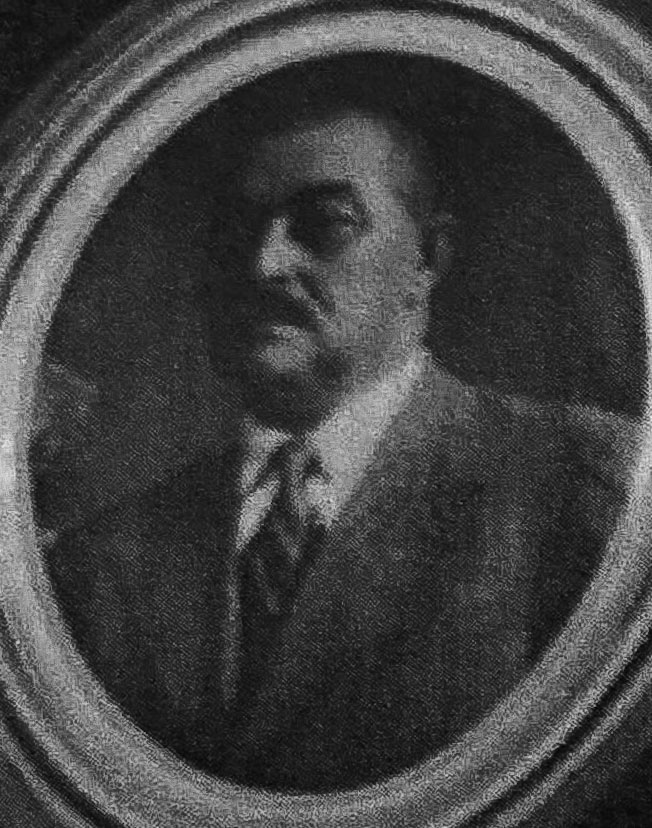
Upon his return to Zaječar, Marko became an import/export merchant, and started to invest capital into real estate and banking. In 1920 he was one of the founders and member of the Steering Committee of Zaječar-based Bank Louvre, where he served as a vice-president until 1929 when he became the president. The bank controlled all trade in Zaječar and had large turnovers, so Marko invested all profit into real estate. Since 1928, with partners from Niš, he owned a brick factory “LAF – Marko C. Petković & Co. – Niš”, as well as a roof tiles factory in Zaječar.
Due to his impressive wealth, he started the works on his family villa in 1934, when he also financed the digging of the public water fountain (česma) at his property. The house was a true palace at the time, had its own water plumbing system and water heating, with a large garden and smaller buildings in it. It was finished in 1935 as the inscription on the facade testifies. Marko had four children – a daughter Miroslava and three sons, Predrag, Vojin and Nikola, who continued his business after his death.
Marko is remembered as a great patron of various institutions and organizations, as well as of individuals. In his house, the food was prepared in gigantic pots and was given away to his less fortunate neighbors and friends. They also moved into his basement as a shelter during liberation battles at the end of World War I. During World War II, he gave the majority of his wheat storage to Red Cross. In all his businesses, he never made a wrong move or had losses, and the money he earned he never kept for himself but gave away to his children or cousins, making sure they were provided to have independence and future profit.
Marko died in Zaječar in 1946 and was buried in a family crypt at the main city cemetery. After World War II, all his assets were nationalized and confiscated, while his family house was given to the city library in 1960.

MARKO’S ČESMA (DRINKING FOUNTAIN)
In front of his family house, Marko C. Petković made a public water fountain as his legacy, today known as Marko’s Česma, located in front of the Main Branch Library “Svetozar Marković”. On a granite plate built into the fountain, the following text was inscribed: “The legacy of Marko C. Petković merchant of Zaječar. Marko’s česma was found on November 24th, 1934. The depth of water is 212 meters.” Due to his wealth, Marko financed the digging of the water well in 1932, as well as of a fountain in his front yard in 1934, prior to building his family villa in 1935. It is still remembered that, as soon as the water was discovered, he bought leather coats and clothes as a gift to all the workers.
1960 – MAIN BRANCH LIBRARY “SVETOZAR MARKOVIĆ” (1866)
The first libraries in Serbia were founded at the end of 1840s and were called “reading places”. They were founded voluntarily by individuals or groups of educated people, but were supported by wealthier merchants, craftsmen, etc. In the beginning, the Reading Places provided the opportunity to read newspapers, but were also the gathering places for a particular kind of people hanging around and exchanging information. With the constant influx of new books and the organization of various activities (orations, popular lectures, public parties and celebrations, charities, etc.) they soon became institutions educating the people, including political activism.
In 1860 the newspaper “Novine Serbske” announced the news from Zaječar about the opening of the Zaječar Reading Room, but due to various circumstances it was not open until November 27th, 1866. It is interesting that all documents in Zaječar use the term “čitaonica” (Reading Room) instead of “čitalište” (Reading Place), being the first recorded use of the term, which had soon afterwards replaced the old term, Reading Place, in other places as well. Zaječar Reading Room had 120 members, offered 25 Serbian and international newspapers,and 113 books at the very beginning.
The Reading Room was completely destroyed during the general destruction of property during the Serbian-Turkish Wars (1876-78). It was reopened in 1879 but due to the lack of finances, it was closed down after two years. The director of the Gymnasium initiated the opening of the Gymnasium Reading Room in 1881, and perhaps that was the reason to close the City Reading Room. In 1892 the gymnasium professors and other intellectuals formed a Council with the task off founding the Black River County Library and it probably worked for a brief period of time. From 1894 until the beginning of the World War I there was also a Reading Room of Zaječar Trade Youth. Also, at the beginning of the 20th century the City Casina was opened with the reading room and library, but was organized on membership base for a limited number of members.
At the end of 1909 the Public Library was opened in the Gymnasium building and operated until the World War I. During the war and Bulgarian occupation, Serbian books were publicly burned or stolen, which completely destroyed all libraries located in this building – The Gymnasium Library, The Library of School Books, The Teachers’ Library, and the Library of the Pupil’s Organization “Napredak” (“Progress”).
There is no historical record testifying about the existence of a public library in Zaječar between two world wars, nevertheless we know for sure that there were other Reading Rooms and libraries satisfying the needs of particular categories of citizens and young people. Soon after the liberation in 1918 the libraries were opened again in Gymnasium and in the Primary School, the City Casina with the reading room was reopened, as well as the Reading Room of Zaječar Trade Youth. In 1920 the Reading Room “Tucović” was formed by the sub-council of the Traffic and Transport Workers Union, as well as by the Culture and Art Society “Abrašević”. In those libraries, the workers were able to study workers’ press and Marxist books. The returning emigrants from France after World War I founded the Society of the Friends of France, with its own library with French books and newspapers, and which was later located in one of the offices in the building of Cinema “Timok”.
During the World War II occupation, all societies and organizations were banned, hence their libraries were closed down as well. The books were not protected so the majority of several thousands of books were stolen or destroyed.
After the liberation of Zaječar in late 1944, on an initiative of the Organization of the People’s Front, the House of Culture was founded and which also had a Library with a reading room. The library became independent in 1948 and was named City Public Library. As soon as the war was over, the activist youth, Women’s Antifascist Organization, and the People’s Front, had initiated the action of collecting the remaining books. The groups of young people visited the homes of Zaječar people daily and collected the books for the new library. In only a week, they collected more than 800 books and the future city library grew from this. Due to the excellent selection of daily newspapers and magazines, the library was successful from the very beginning.
The main problem in those days was the housing, and the library was moved many times. During the existence of the House of Culture, the Library with the Reading Room was located on the ground floor of the former bank “Zadruga” at Liberation Square, and soon after at the building of State Assets. At the end of 1948, it has been moved to Svetozar Marković Street no.11 (together with the Councilof the People’s Front, the newspaper “The Voice of Timok”, and The Society for Physical Education). After that, until April 1, 1949 it was located in one of the buildings next to Cinema “Timok”, but soon had to be moved to a rented shop by H. Pavlović and J. Simić at Marshal Tito Street no.36 (former Youth Center, which used to be where the current parking of Hotel “Serbia” is). That same year, on December 1st, it was moved into a new building at the Liberation Square no.6 and remained there until 1951 when it had to be moved again a few houses down the street, at no.8 and 9, but was forced to move a couple of times in the neighborhood during next two years. At the end of 1953, the City Library was given a new space in one of the most beautiful buildings in Zaječar, at Ljuba Nešić Street no.38, or former Rajković’s Family Palace (where Radio Zaječar was located from 1970s). It was given two offices for the clerks and the director, three spacious and bright reading rooms (for adults, pioneers, and newspapers), as well as a large hall with a main counter. It also had two storage rooms – for science and print, and for magazines. With over 15.000 books and 1371 members, it deserved a new name – City National Library. In 1959 the name was changed again: National Library “Svetozar Marković”, while in 1961 it received a status of a main branch library hence, for almost six decades, carries the name of Main Branch Library “Svetozar Marković”.

As a main branch library, it supervises the work of all libraries in Zaječar County and is considered the oldest cultural institute in Zaječar with a tradition of more than 150 years. Since 1960 it has been located in the very center of the city at Kumanovska Street no.2, in the former private house of the merchant Marko C. Petković Plovak. The separate children department was opened in 1979 at a separate building in the same courtyard. The library has an impressive collection of more than 100.000 books, over 2000 magazine titles and a very rich collection of various artifacts and items. The readers can use 50 places at the Reading Room. Also, the library is very active in organizing different exhibitions, book promotions, public reading evenings, encounters with the writers, and in 1970s and 1980s it organized a famous festival of children’s literature and art creation “The Flower in Words – The Flower in Images.”
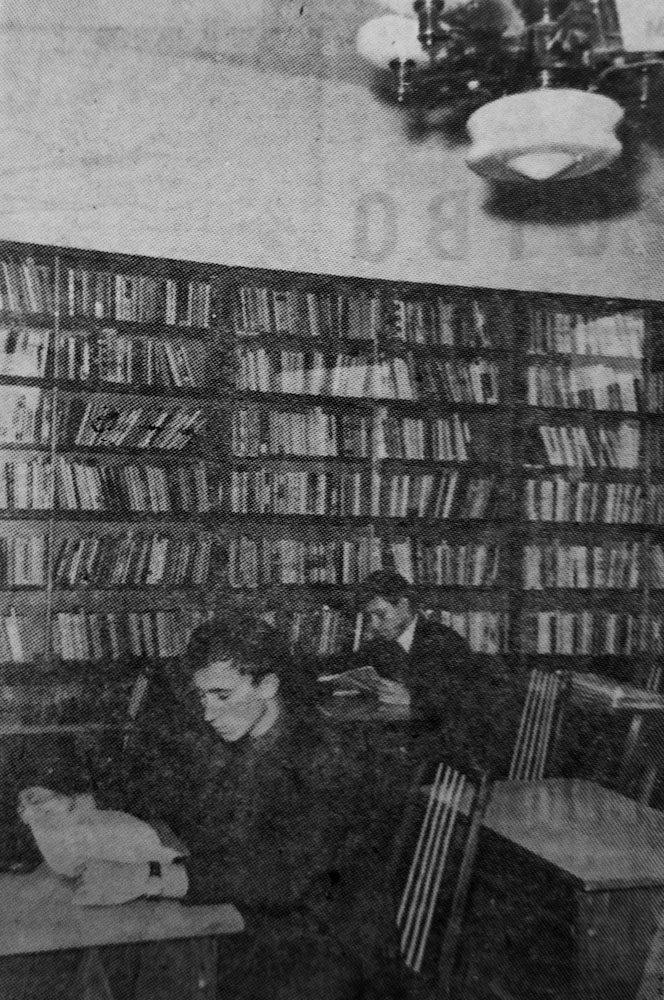
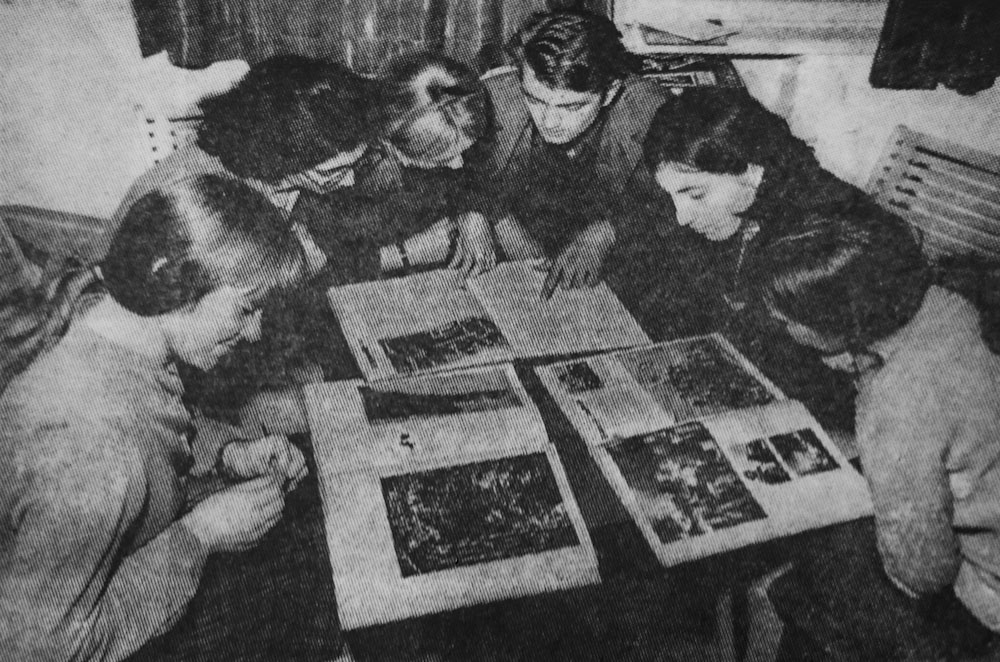

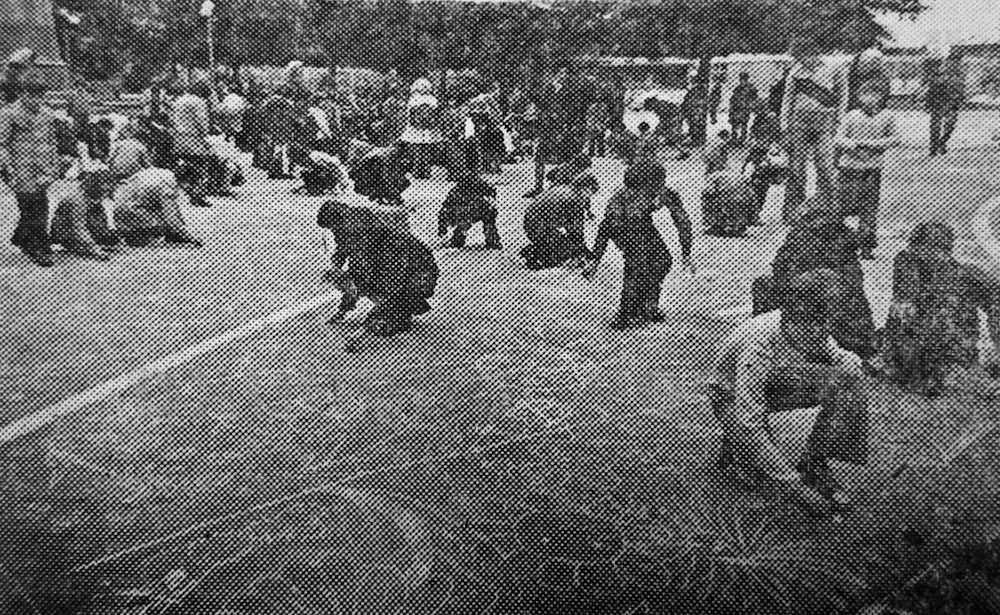
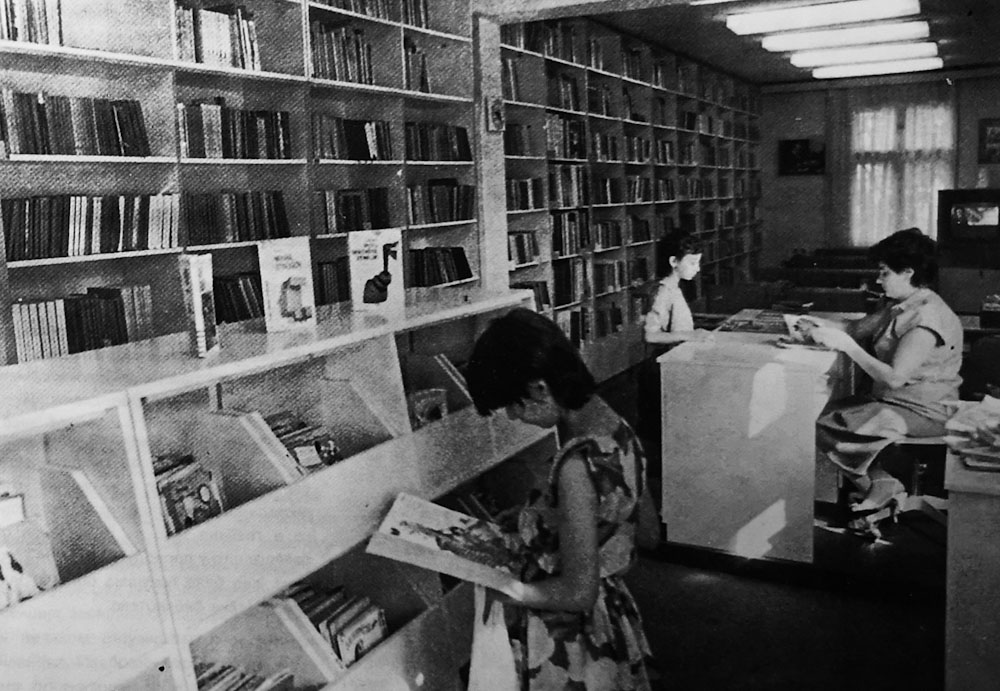
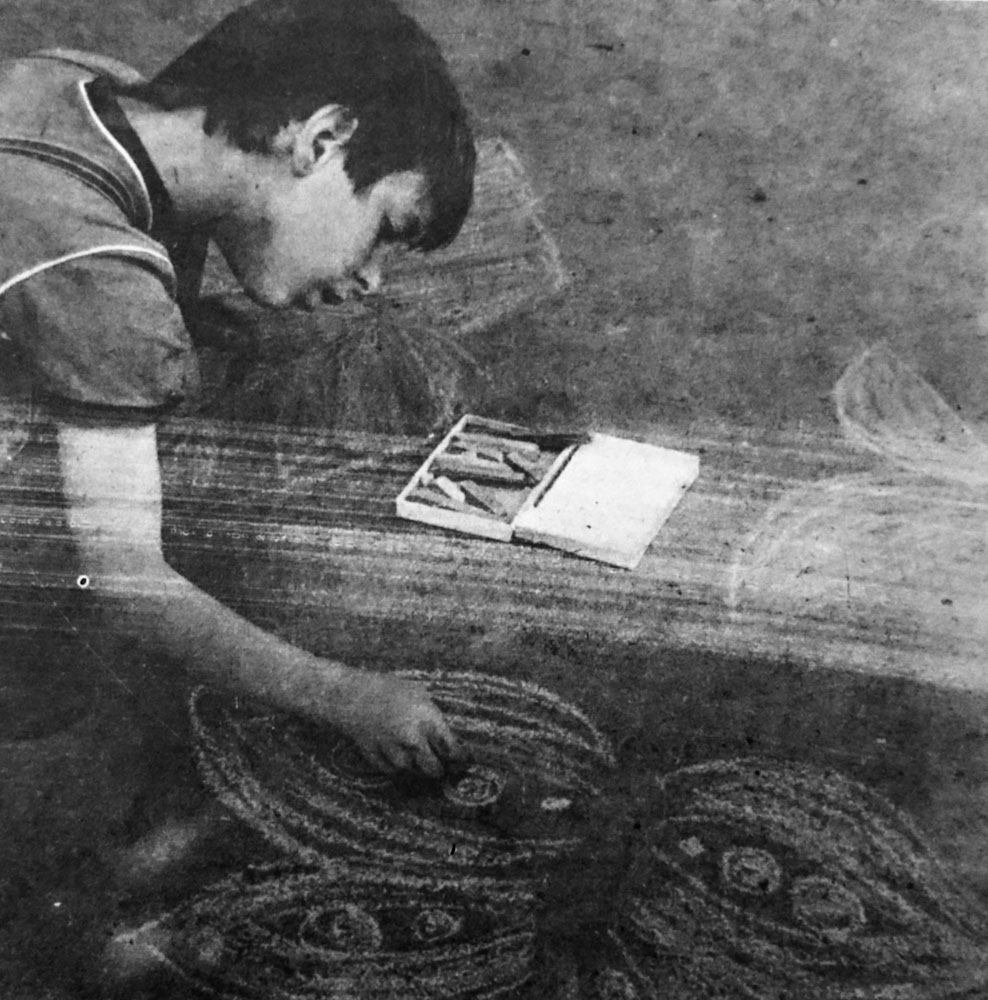
SVETOZAR MARKOVIĆ (1846-1875)
The library is named after Svetozar Marković, essayist, socialist, and politician, born in Zaječar in 1846. As a student of the Technical Faculty in Petrograd, Russia he joined the Russian revolutionary circles. In 1871 he initiated the first socialist newspaper in the Balkans, “Radenik”, where two translated chapters from Marx’s Capital were published for the first time in Serbia. Due to ill health, he died of tuberculosis in Trieste, Italy in 1875, not even turning thirty. His major teachings were based on the idea that the Kingdom of Serbia should skip capitalism all together and develop its own form of socialism based on the model of Serbian traditional village family cooperatives. His main work, Serbia in the East (1872) analyzes Serbian societal, economic, and political problems from the socialist point of view. In the articles “Poetry and Thinking” (1869) and “The Real Directions in Science and Life” (1870) his aim was to trigger a revolution in Serbian literature. Indeed, these essays had a great influence on the future development of Serbian literature, while his analysis is today considered to be a visionary one. His political program, with certain corrections and redefinition, were taken over by the People’s Radical Party of Nikola Pašić, also born in Zaječar, but most loyal to his ideas remained the Serbian Social Democratic Party of Dimitrije Tucović.

SOURCES:
Official Notes at the Historical Archives, folder “Biblioteka Svetozar Marković.”
Suzana Antić, Jelica Ilić, Nina Pogarčić, Zaječar čudesna priča – Iz života u Zaječaru 1466-2006. godine. Narodni muzej, Zaječar, 2013.
dr Miodrag Velojić, Zaječarske javne česme. Zaječar, 2015.
Stevan Veljković, Iz starog Zaječara: rodovi i porodice, građevine i radovi. Zaječar, 2002.
Stevan Veljković, “Od prve zaječarske čitaonice do matične biblioteke Svetozar Marković” (1866-1986)”. Razvitak, 26/1986, br.3, str.2-19.
Stevan Veljković, Slavoljub Gacović, Od čitališta do narodne biblioteke u Zaječaru (1866-1996). Zaječar, 2001.
Library Official Web Page: http://bibliotekazajecar.rs
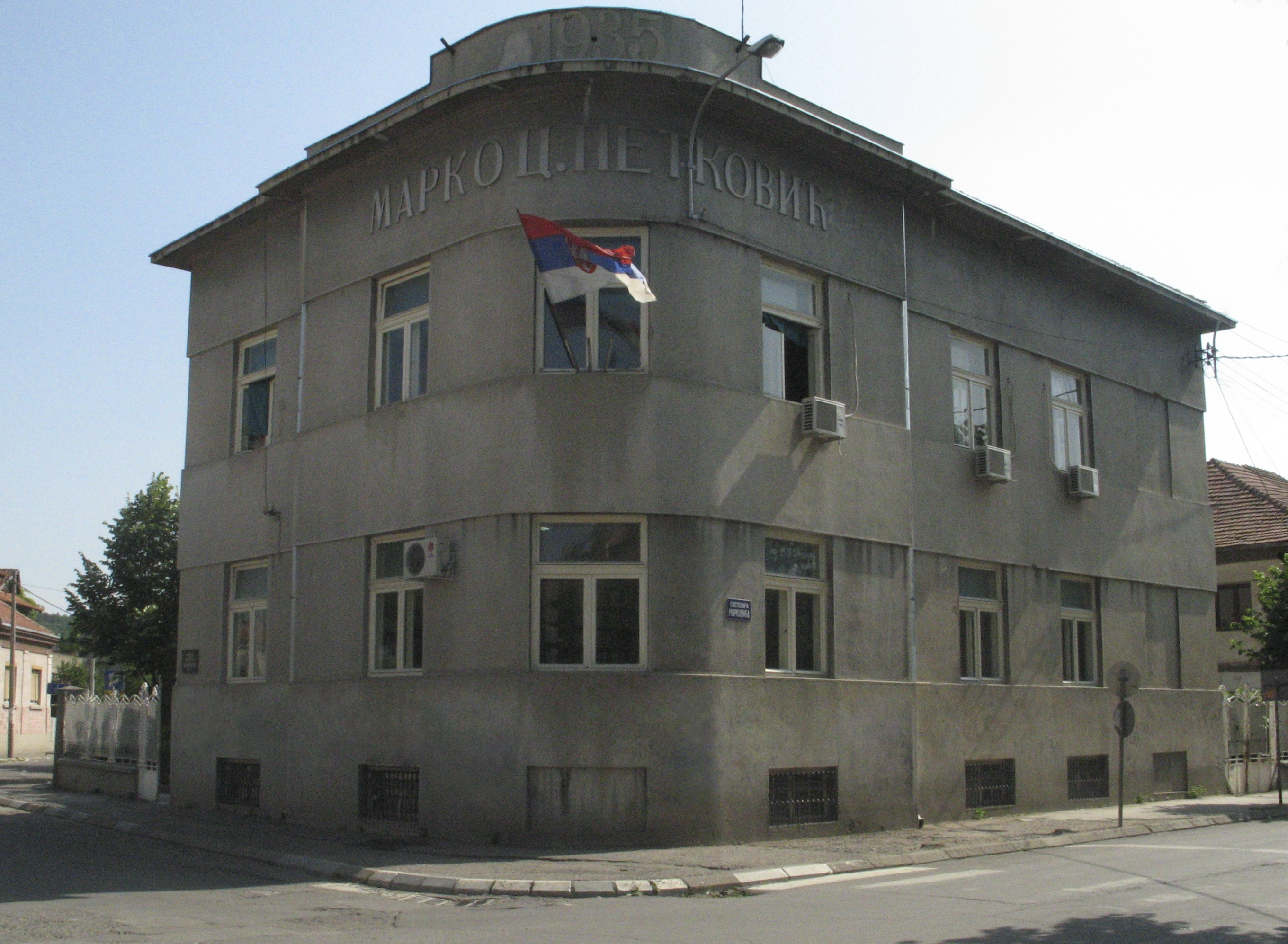
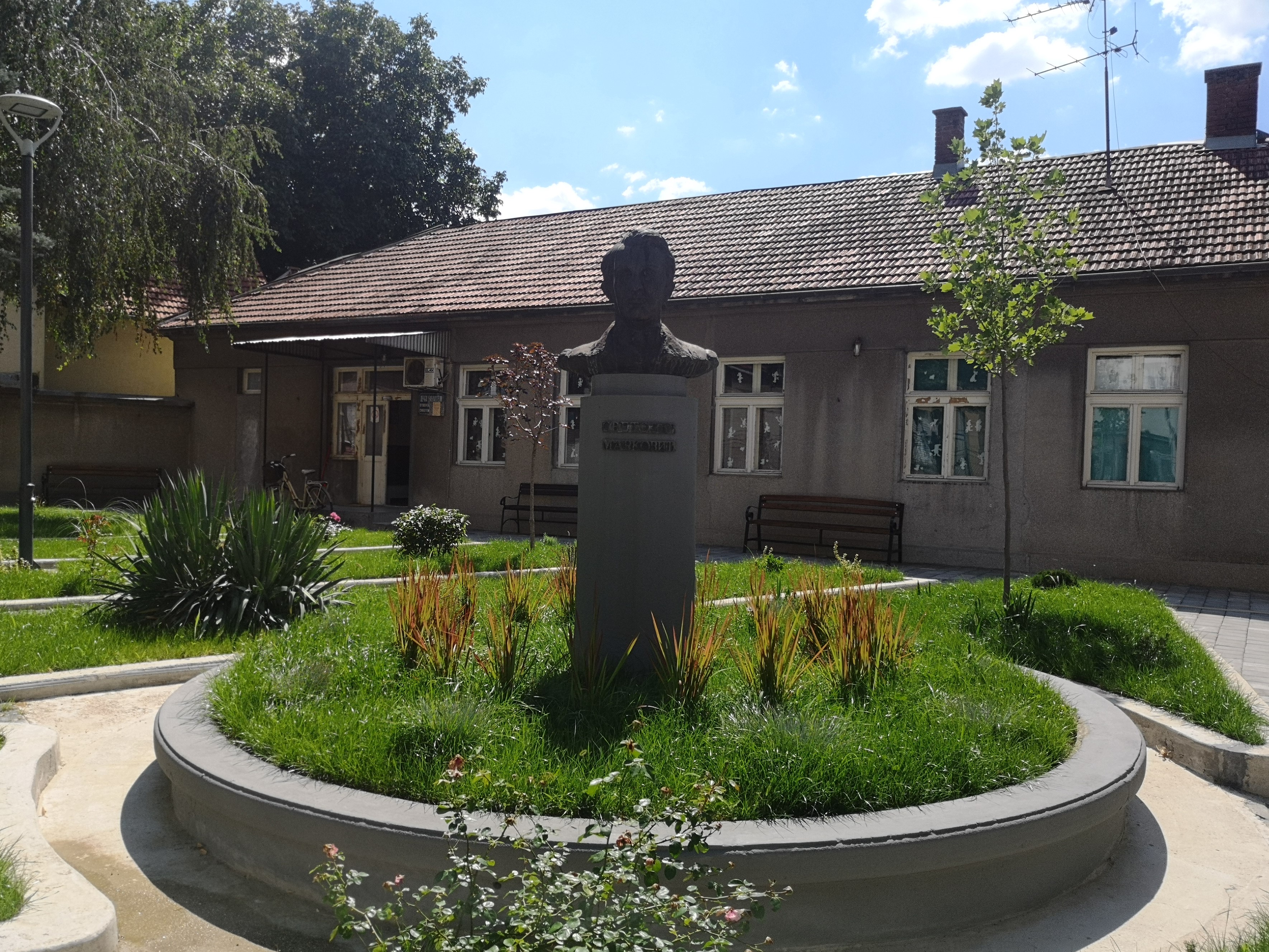
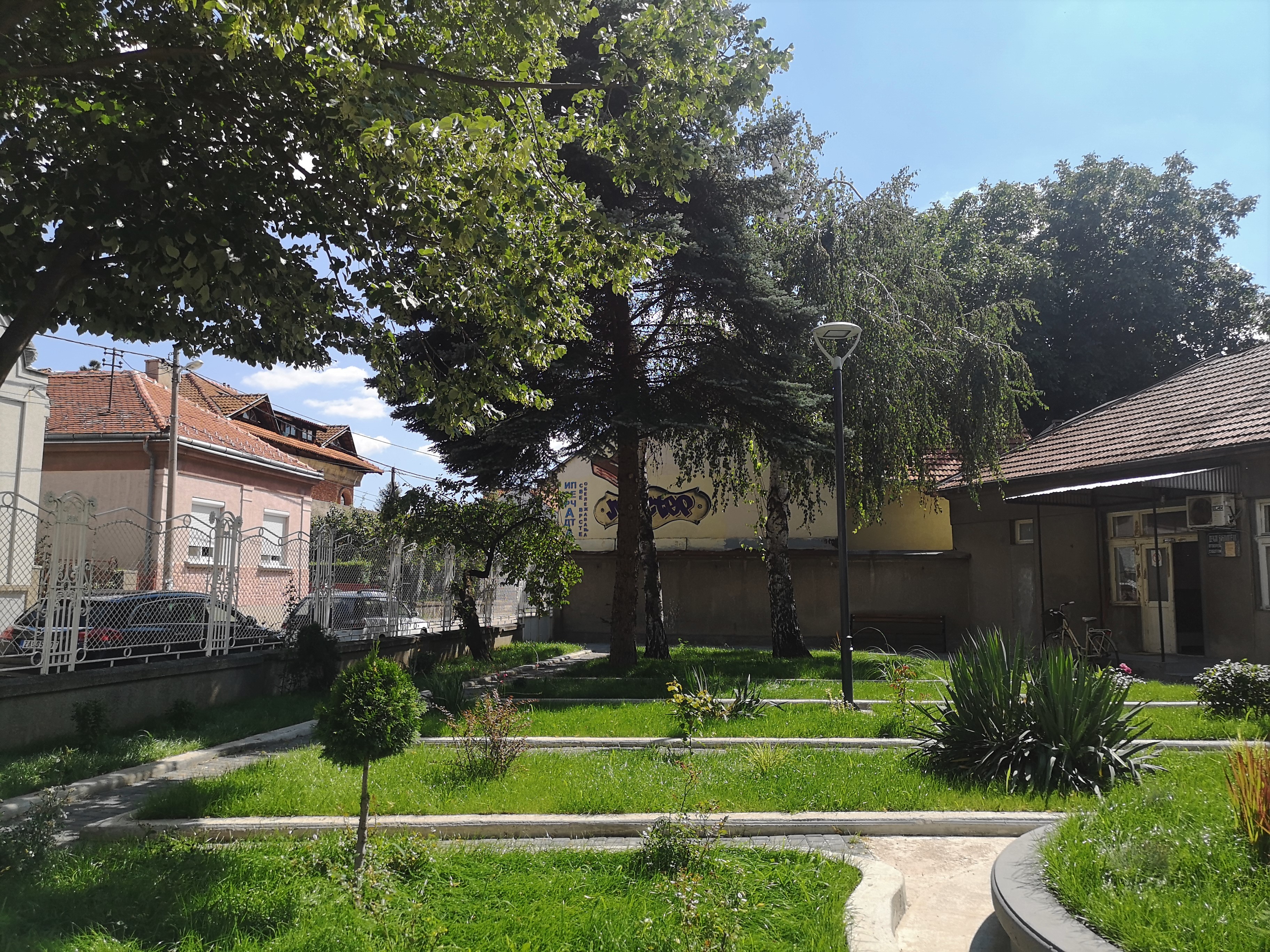
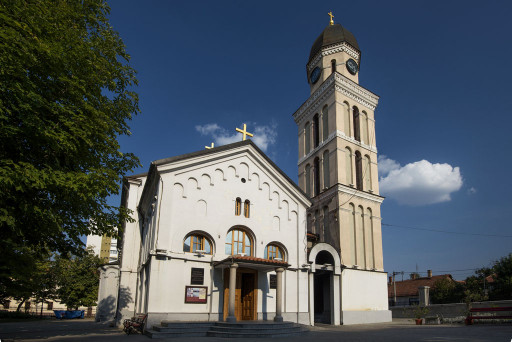
The oldest brick building in Zaječar was erected immediately after the liberation of the Ottomans, a...

The National Museum building was built in 1927 as a home to the military institute for road design.
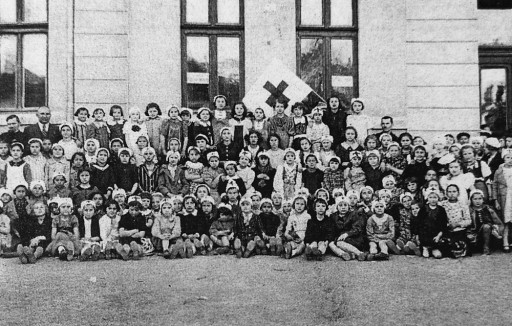
As part of the Guildhall complex, the building was erected in 1897 by the Traders’ Society and gave...
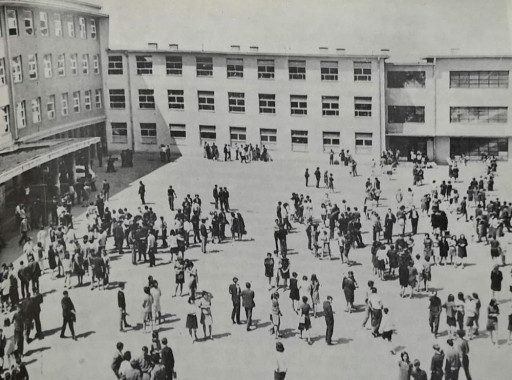
Zaječar was one of the first towns in Serbia with a high school – on August 22, 1836 the “Big School...